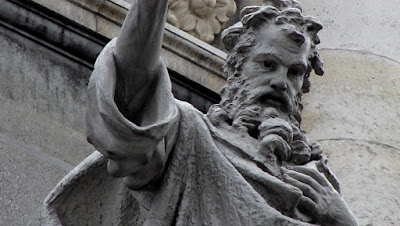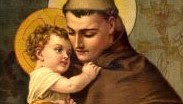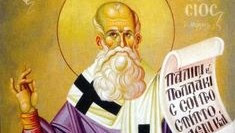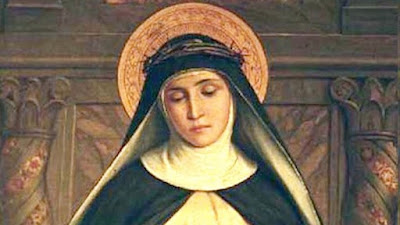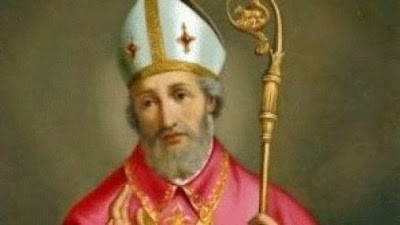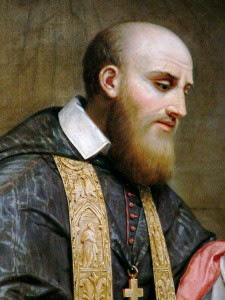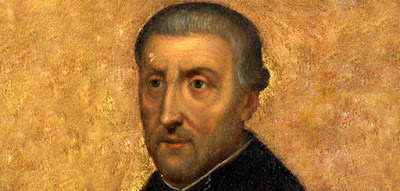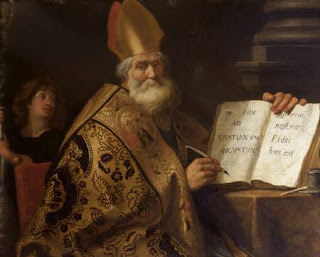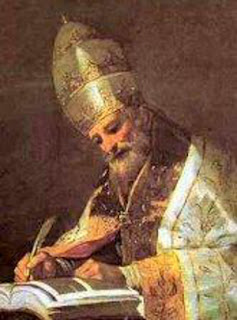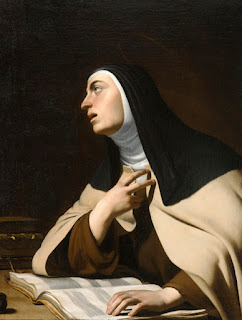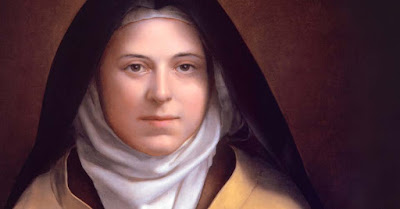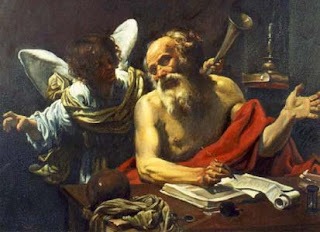St. Lawrence of Brindisi, Priest & Doctor of the Church

Optional Memorial - July 21st His name was Giulio Cesare Russo, and he was born at Brindisi in the kingdom of Naples in 1559. Educated in Venice at the College of St. Mark, he entered the Capuchins and took the name Lawrence. Finishing his studies at the University of Padua, he showed a flair for languages, mastering Hebrew, Greek, German, Bohemian, Spanish, and French, and showed an extraordinary knowledge of the text of the Bible. He is the greatest linguist among the Doctors of the Church. While still a deacon, St. Lawrence of Brindisi became known as an excellent preacher and after his ordination startled the whole of northern Italy with his amazing sermons. Sent into Germany by the pope to establish Capuchin houses, he became chaplain to Emperor Rudolf II and had a remarkable influence on the Christian soldiers fighting the Muslims when they were threatening Hungary in 1601. Through his efforts, the Catholic League was formed to give solidarity to the Catholic cause in Eu

